
Charlottenlund Palace
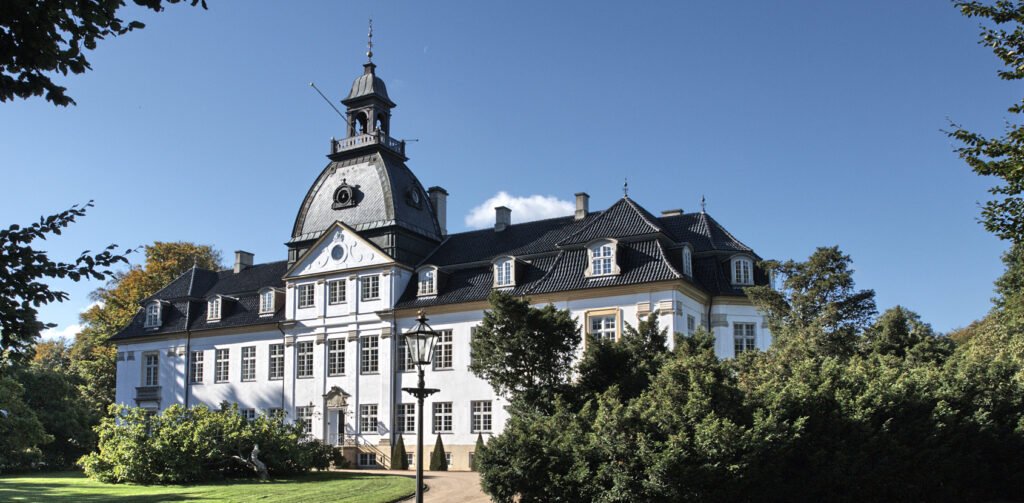
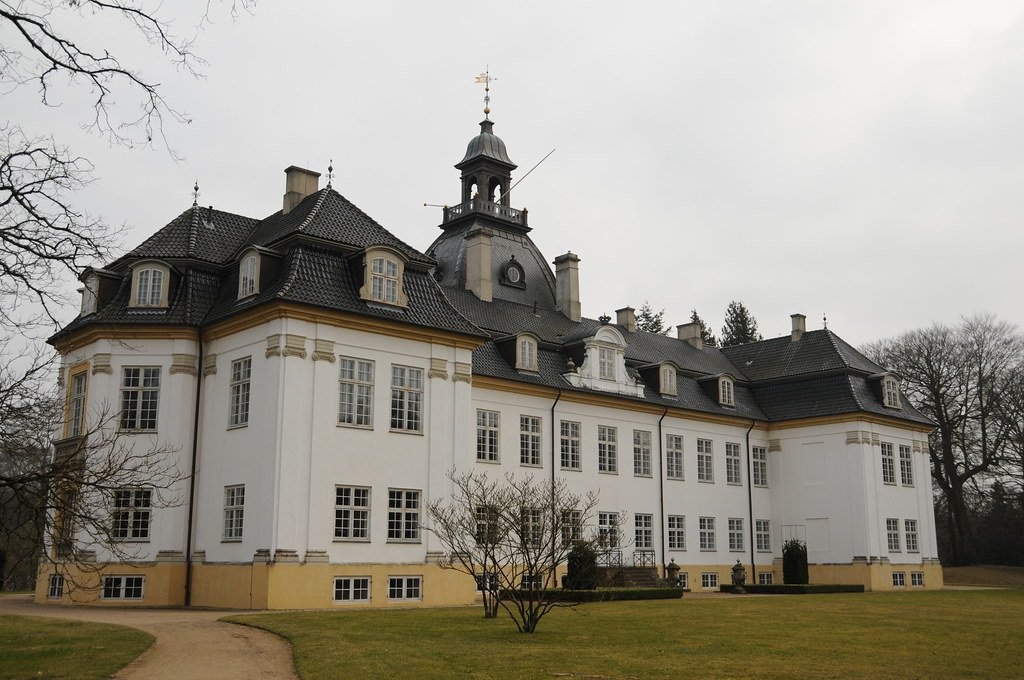
Charlottenlund Palace is the former royal summer residence in Charlottenlund, approximately 10 km north of central Copenhagen. The palace owes its name to Princess Charlotte Amalie, who was responsible for the construction of the original palace. In the early 1880s, the palace was expanded and adapted to the needs of Prince Frederick VIII according to the design of Ferdinand Meldahl. Currently, it is a place of cultural events. From time to time, classical music concerts are held in the Great Hall.

Ordrupgaard – Art Museum

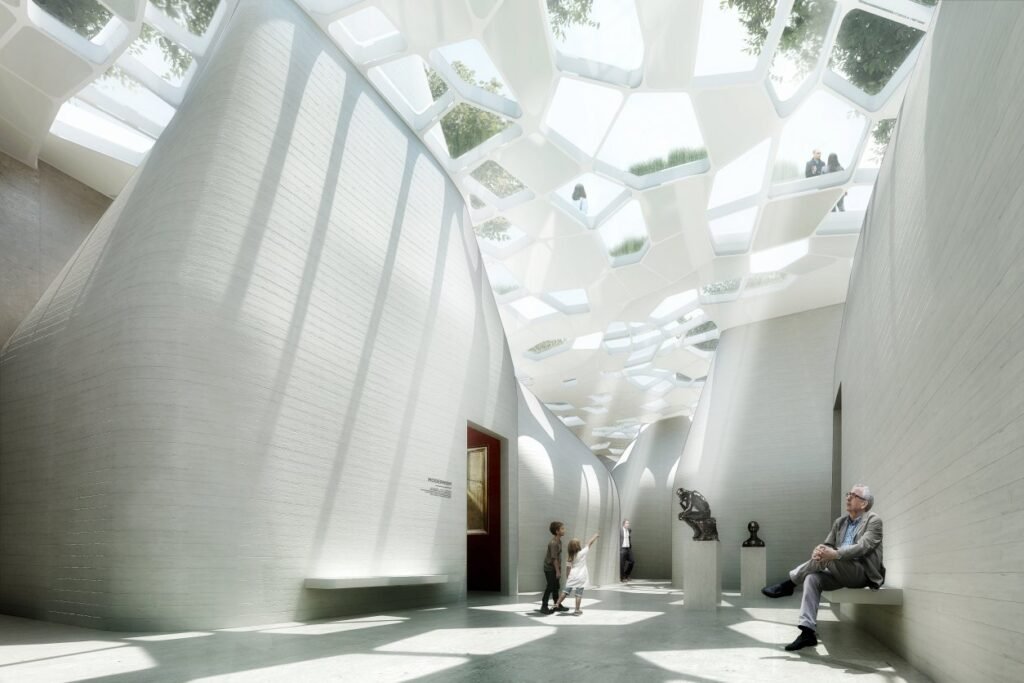

Ordrupgaard Museum: The museum’s eclectic architecture connects past and present and takes its visitors on a journey from the time of Gotfred Tvede – the architect behind the original country house, built during the First World War – to the British-Iraqi architect Zaha Hadid, who designed the new, striking museum wing in 2005. In 2021, the Norwegian architecture firm Snøhetta added a new, characteristic element to Ordrupgaard with an underground extension in geometric shapes that reflect the light and the landscape.
Bernstorffsparken
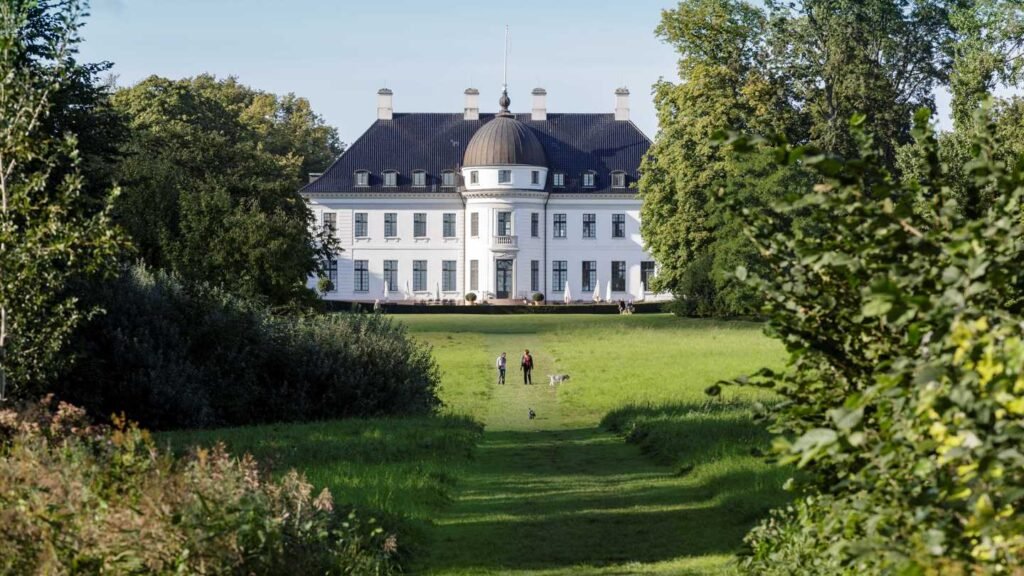
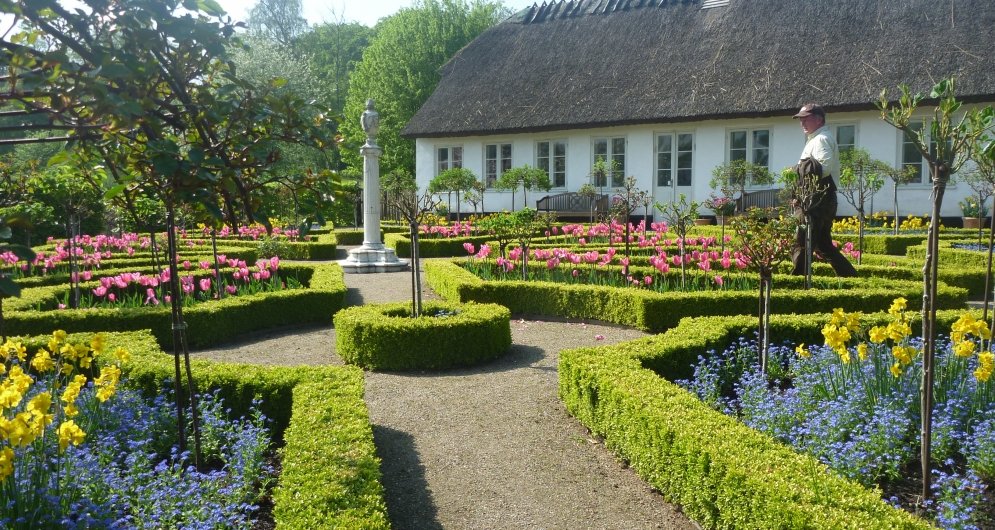
Bernstorffsparken is a park next to Bernstorff Castle. The beauty of nature and wonderful plants delights, which is why the park is a frequently visited place. In the middle of Bernstofpakren you’ll find Den Gule Villa, which is both a café and a gallery run by volunteers. The park is partially fenced. The park itself is fenced, but the two official entrances to the park are open. Unfortunately, the fence is set high enough that small dogs can squeeze through in certain places. Dogs are not allowed in the rose garden.
Charlottenlund Fort
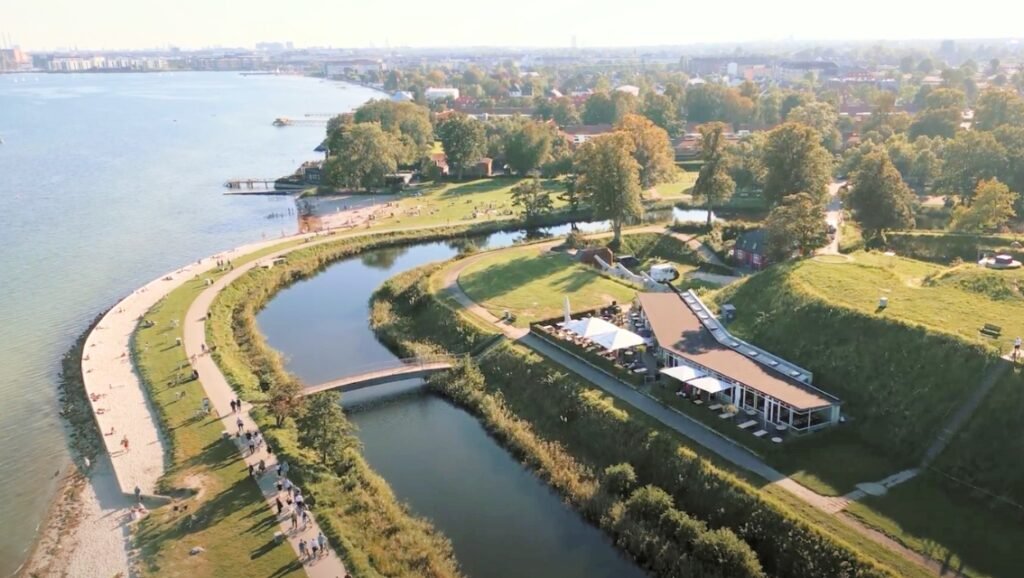

Today Fort Charlottenlund provides a backdrop for Copenhagen’s leisure activities, with a beach, camping site and ice cream kiosks. However, 120 years ago, when the fortifications in Copenhagen were built, the area up to Øresund was destined for a very different fate. The massive fort at Charlottenlund was part of a naval front intended to prevent the enemy from bombarding Copenhagen from the sea. The fort still looks the same as it did when it was ready for battle in World War I, with ramparts, large guns and the wide moat that surrounds it.
Finn Juhls Hus
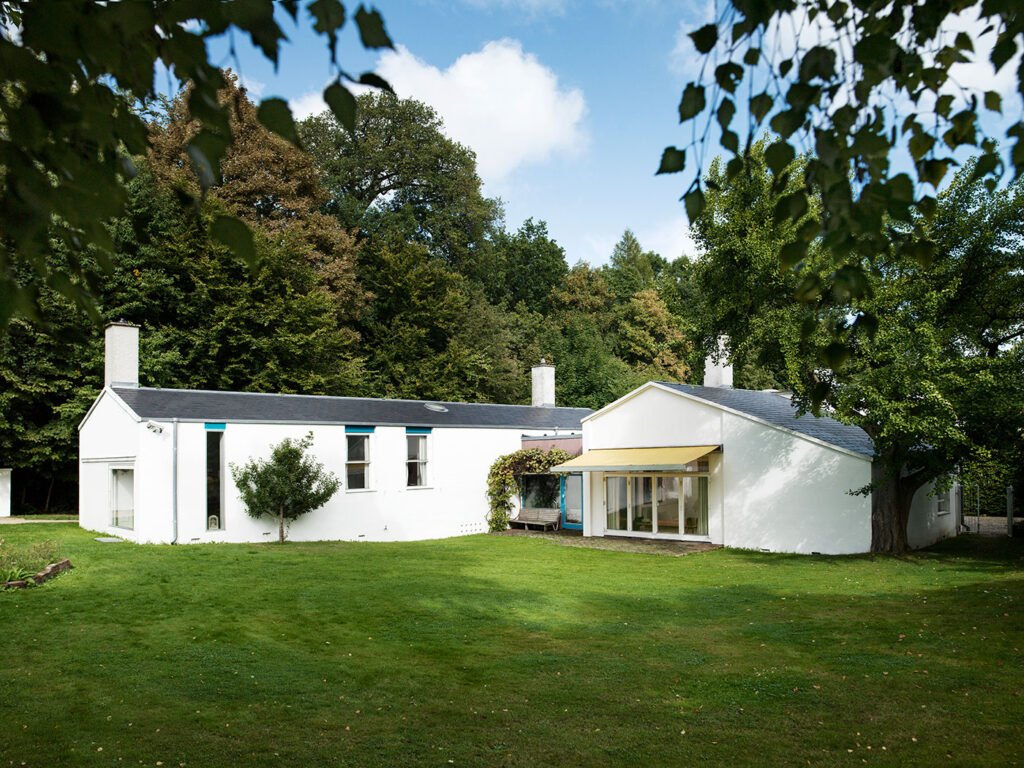
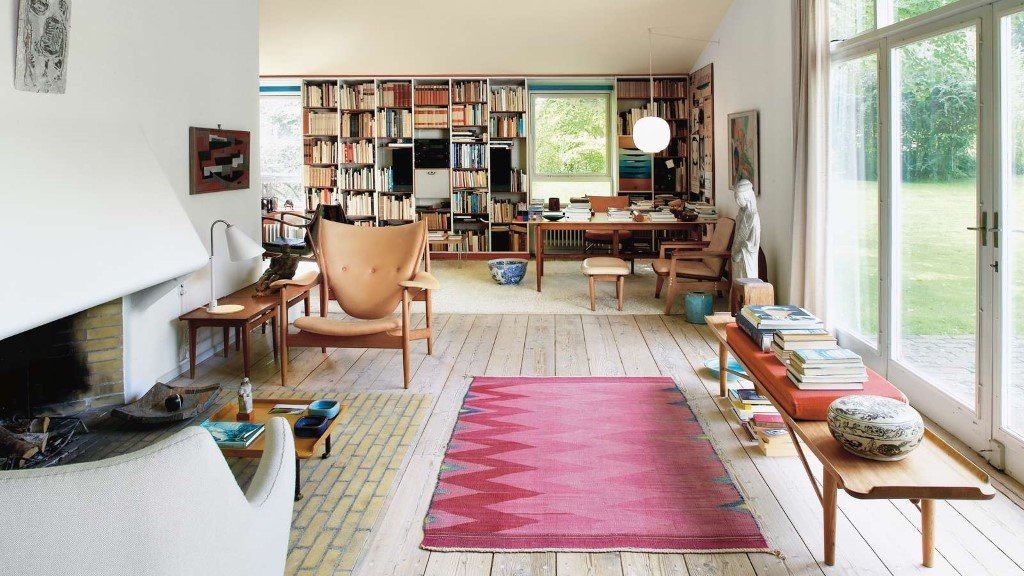
Finn Juhl’s house located in the Ordrupgaard museum It can be admitted that Finn Juhl’s most unique work is his own house. A visit here gives you a unique opportunity to understand the talent of Finn Juhl. Not only in relation to his many iconic pieces of furniture that can be seen in context in the home, but also in the encounter with rooms, colors, light and not only art.
Forstbotanisk Have
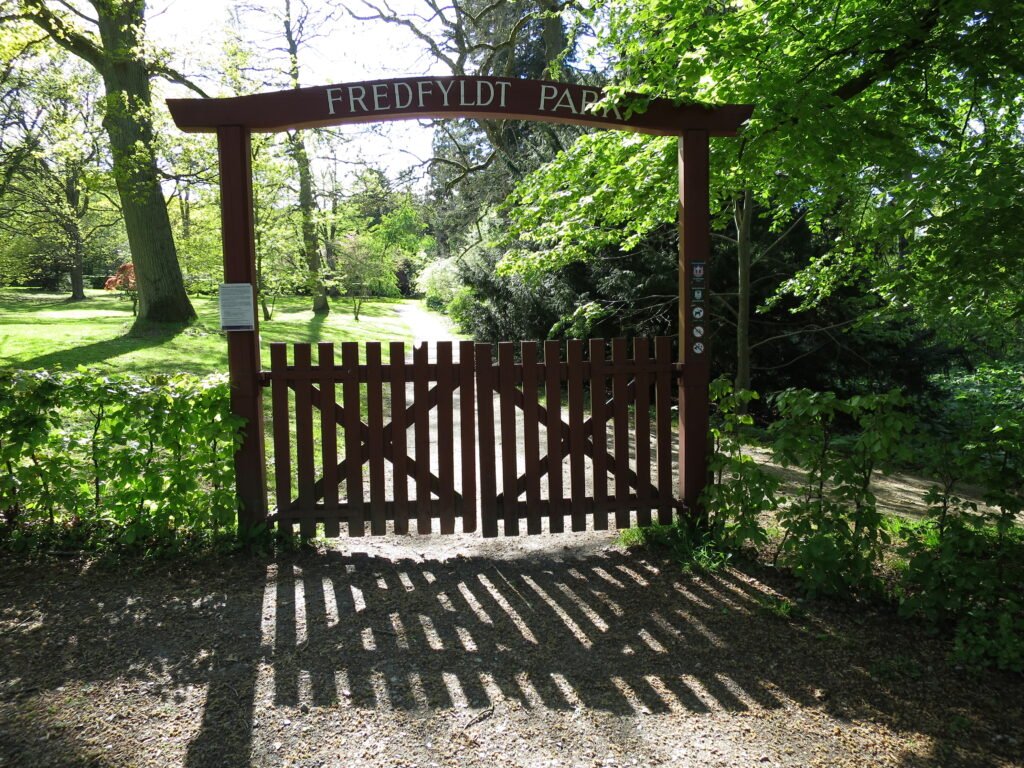

Forstbotanisk Have is a green oasis which is ‘hidden’ behind Marselisborg Palace’ garden and Marselisborg Memorial Park and was established in 1923. The garden has more than 900 different types of trees and bushes.
Sct. Andreas Kirke
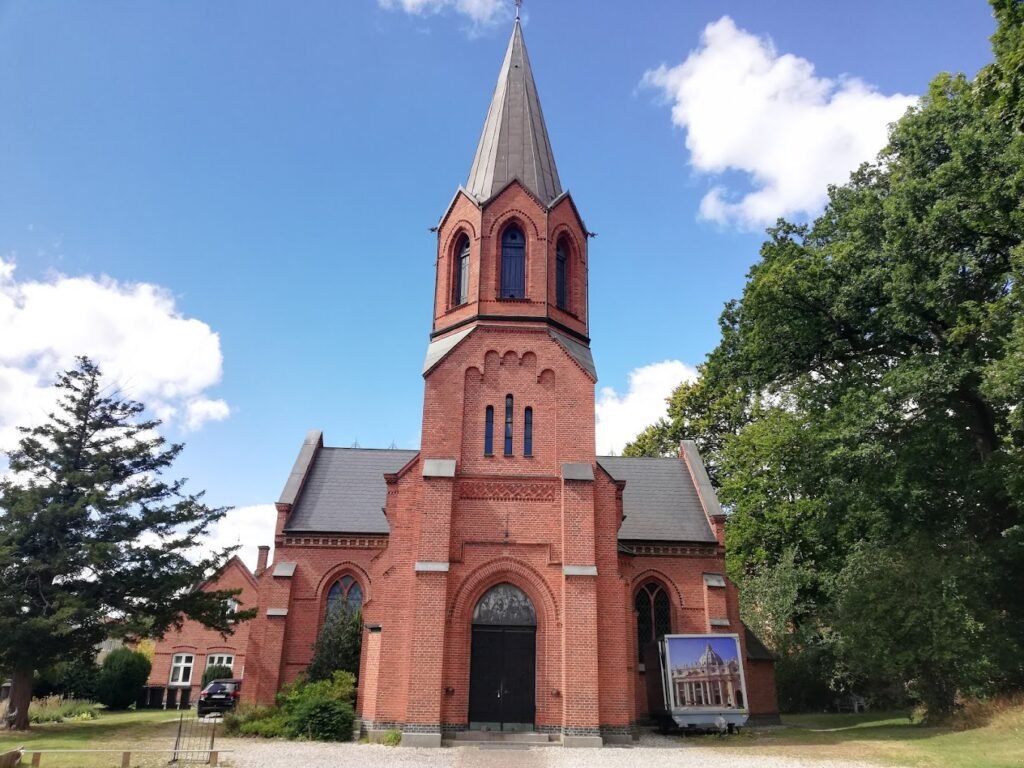

Sankt Andreas Kirke er en katolsk kirke i Ordrup. Bygningen er opført på initiativ af Polly Berling 1871-1873 efter tegninger af arkitekt Ludvig Knudsen. Indvielsen fandt sted den 25. maj 1873. Den var til 1953 kirke for Jesuiterordenen i Danmark. Kirkens kulørte indre blev malet hvid i 1958, men i 2007 blev den oprindelige stærke farvesætning rekonstrueret. Kirken ligger på Kollegievej 2, 2920 Charlottenlund.
Charlottenlund Travbane
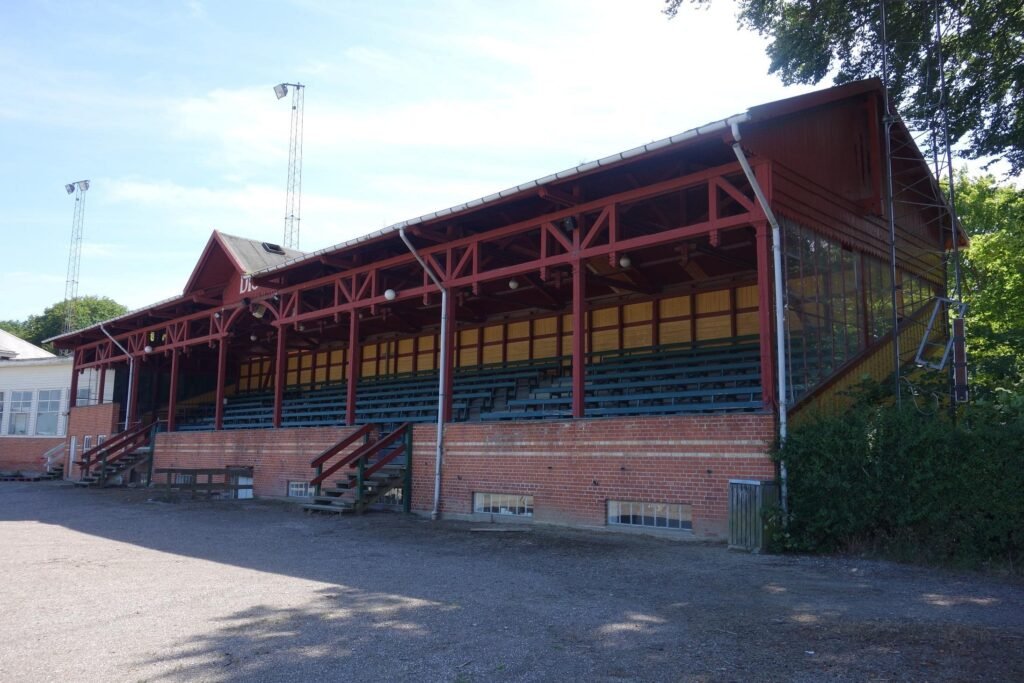
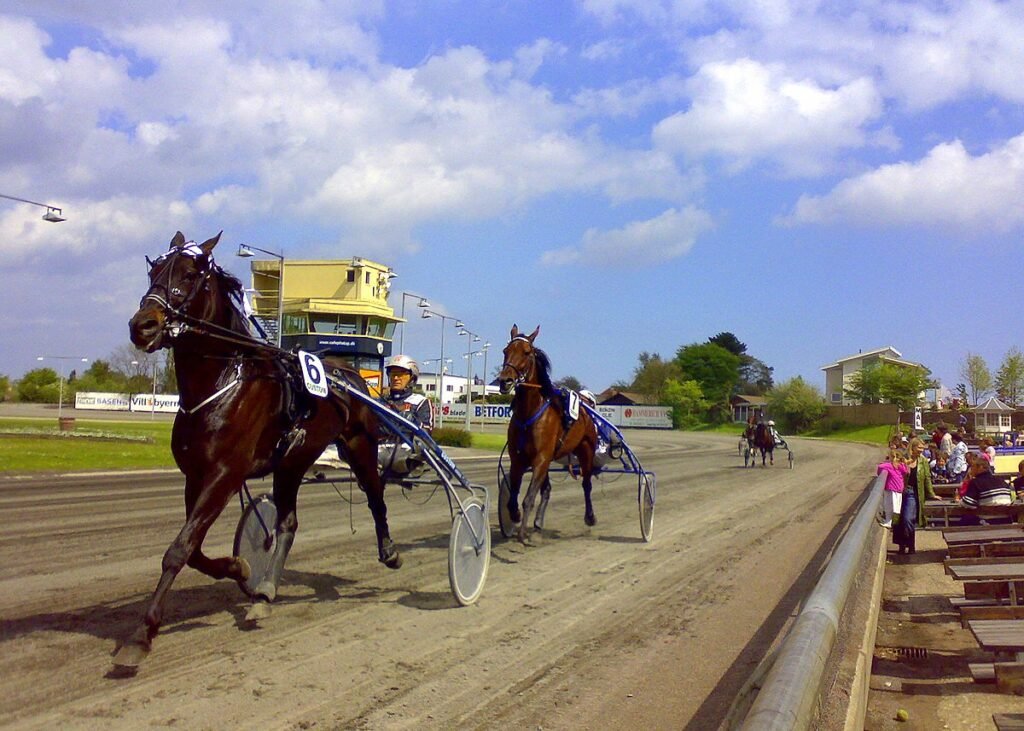
Charlottenlund Trotbane has been beautifully situated next to the forest and Øresund for over 100 years, attracting people from all over the country for exciting trotting races. The Danish Trot Derby always takes place on the last weekend of August. Each horse has only one chance to win the Danish Trot Derby, which is one of the reasons why the race is more prestigious than any other on Danish soil. It’s a race in which driver and horse must give their all to win. There is no further chance next week. The race is intended for four-year-old horses and the distance is 3,000 meters over three laps on a 950-meter derby track at the Charlottenlund trotting track. The biggest and most prestigious horse races you can win in Denmark.
Charlottenlund Slotshave
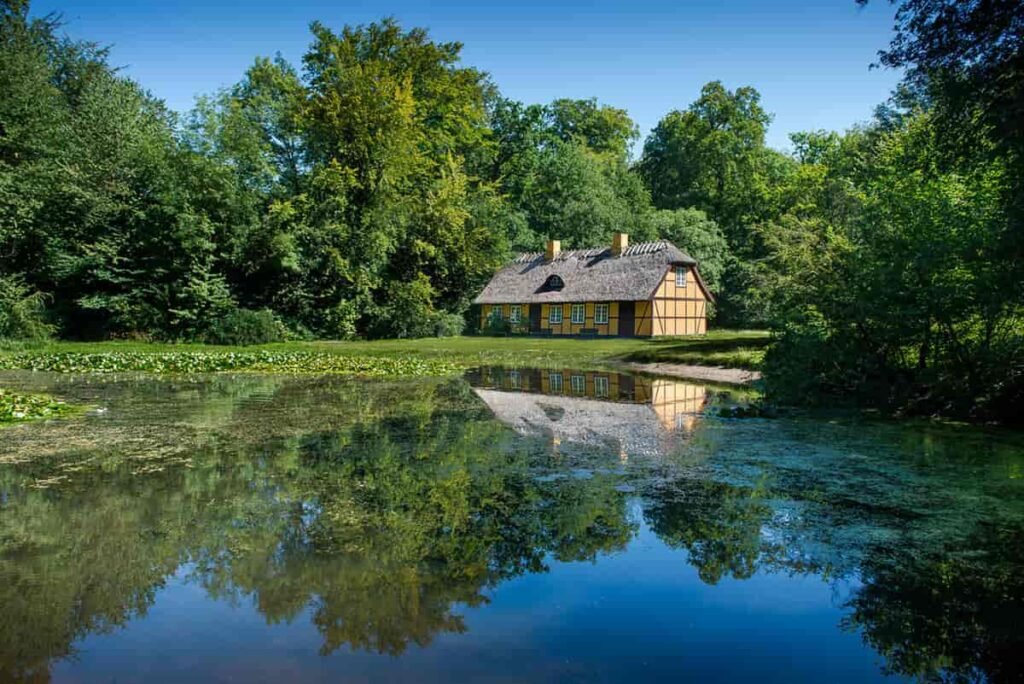

In 1880-81, the Charlottenlund Palace Garden was transformed from a baroque garden into a nature-inspired, romantic landscape garden in the English style, including the Charlottenlund Forest area. Since the 1930s, the castle garden has been a center for marine research with the Danish Fisheries Research Institute based in the castle and the Danish Aquarium at the eastern end of the castle garden. A walk through Charlottenlund’s palace garden should include the yellow house where the lifeguard was stationed. The ice house with the characteristic polar bears above the entrance was then a refrigerator in which food was kept fresh using large blocks of ice. The two large larch trees growing on the lawn behind the castle are the oldest larch trees in Denmark, having survived most of Charlottenlund Slotshave’s history.
Knud Rasmussen Statue
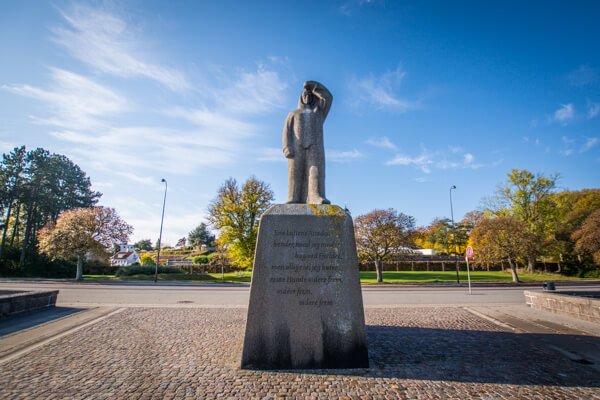
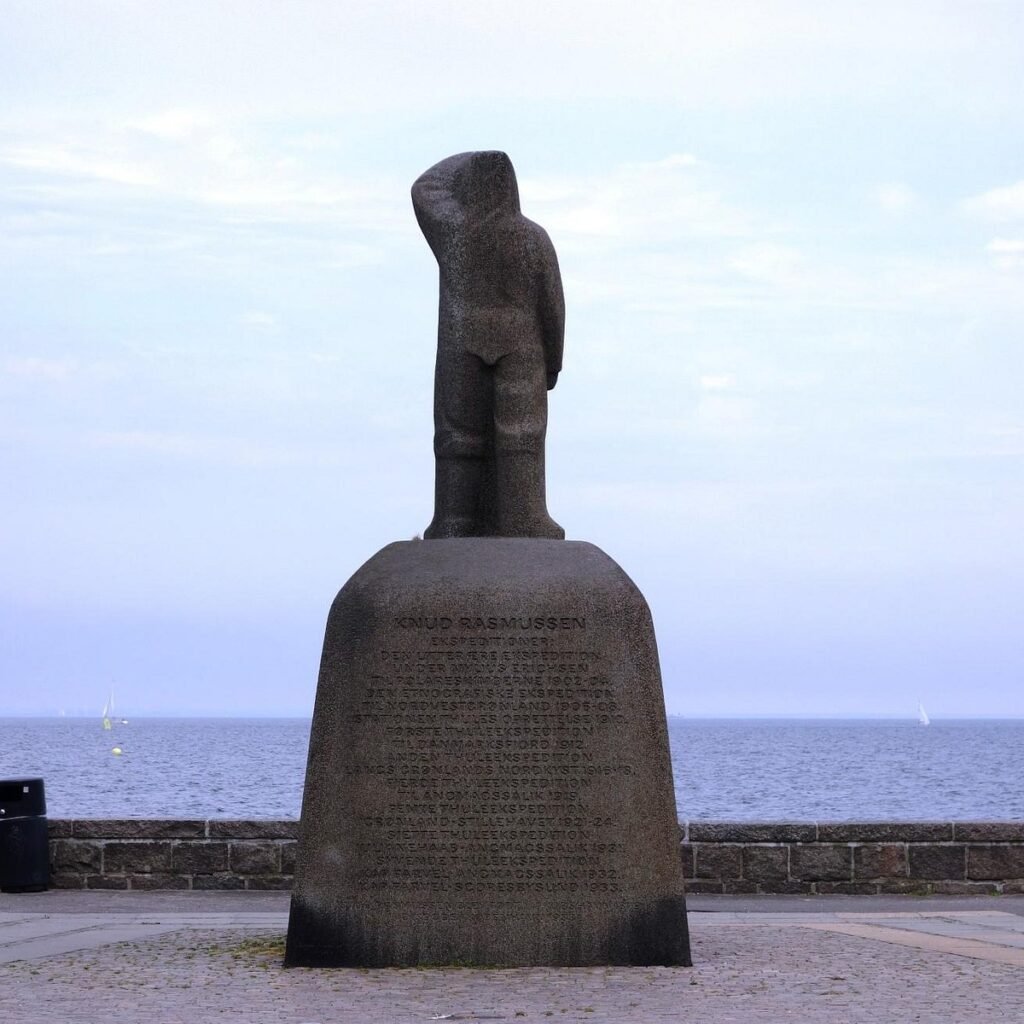
The Knud Rasmussen monument stands on Kystvejen/Strandevejen, south of Klampenborg, and Bellevue Strandbad, north of Copenhagen, in Hvidørepynten. It is a monument to the Greenlandic explorer Knud Rasmussen. The monument was erected in 1963. The monument was made by sculptor Povl Søndergaard. The monument/statue/sculpture consists of a huge granite plinth. The expeditions that Knud Rasmussen undertook in 1902-1923 are engraved on it.

Bakken
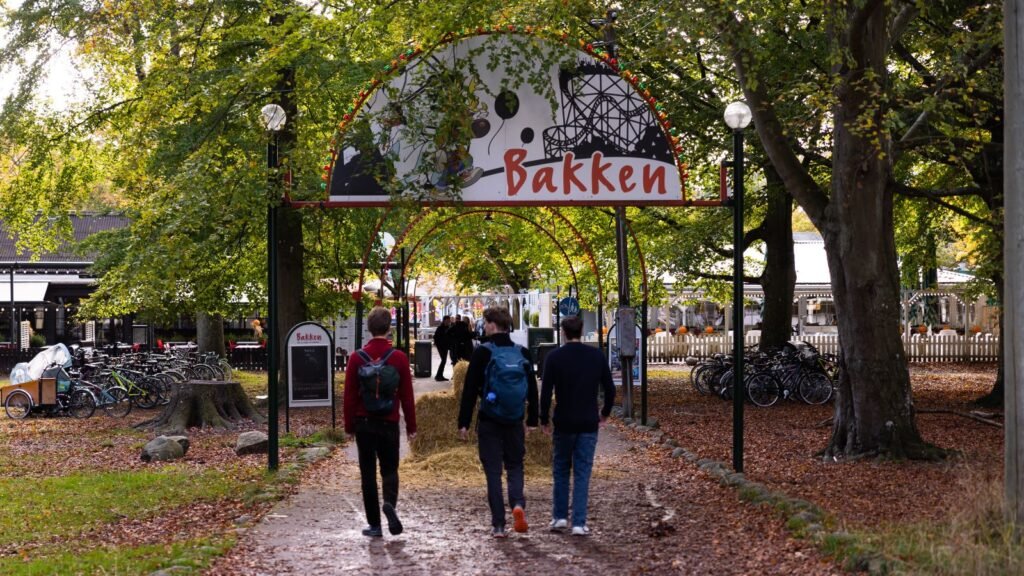

The charming location in the middle of one of the most beautiful forests in Denmark gives the Bakken Amusement Park an original character. The park offers the perfect combination of children’s entertainment, restaurants, pubs and bars with entertainment and live music. It is not only an amusement park for small children, but a place of relaxation for the whole family. Visitors encounter a mixture of colorful wooden structures, small independent shop owners and quirky stalls.
